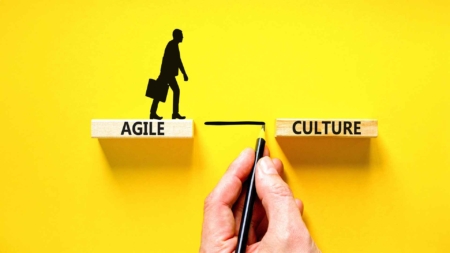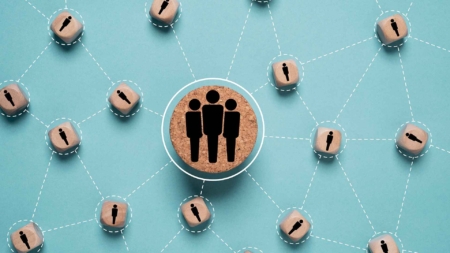In today’s dynamic environment, the Learning and HR function faces unprecedented challenges, both internal and external, which impact the culture and working environment of their organizations. External challenges are related to the fast pace of change and a highly ambiguous environment which demands innovative and speedy responses continuously. The slowdown of economies the world over, uncertain political affiliations, global warming, rising unemployment, religious biases and prejudices further complicate the already dynamic external environment.
All these have an impact on organizational realities. Business results are not as healthy as they should be. This immediately leads to a freeze on budgets, hiring and cutting down on all ‘frills’. Sometimes these ‘frills’ include learning and development budgets too, and training programs get slashed. This in turn may have an impact on employee engagement and involvement, as it creates a perception that ‘my organization does not care for me’. Along with news of people being laid off, this may create an environment of fear and anxiety. This is not very conducive to enhancing and sustaining employee engagement.
Paradoxically it is precisely in times of uncertainty and recession that we need creative and breakthrough ideas that can help us navigate the change around us. While ideas may exist, they are often not visible and available to Business Leaders. The interesting thing is that while we are looking for new ideas and paradigms everywhere, the infinite reservoir of creative energy that contributes to these ideas is waiting to be tapped right under our nose. It’s the untapped potential and creativity of the people in the organization! While we do need the right strategy, processes, finances etc. to make a successful turnaround of our business, it is finally people who make the difference. It is said that technology makes things possible, but people make things happen!
What kind of people though? We need people who are engaged and involved with the organization and its vision and goals. Engagement has been defined as a state of emotional and intellectual commitment to an organization. Team members who are involved and connected with the company will add value to their roles, contribute positively to the growth of the company (even beyond their stipulated roles) and continue to stay in the company. These are the kind of employees every company dreams of having! The reality, sadly, is often different, as seen in many research studies:
- 70% of employees who lack confidence in the abilities of senior leadership are not fully engaged: Dale Carnegie Employee Engagement Study (2015)
- 80% of employees dissatisfied with their direct manager are disengaged: Dale Carnegie Employee Engagement Study (2015)
- 60% of employees lack the elements required to be highly engaged: Towers Watson 2014 Global Workforce Study
The drivers for building engagement are many-e.g. Compensation, quality of life, work-life balance, work environment, leadership etc. Some of these are dependent on Management Policies and outside of our locus of control. But a key driver that falls within the ambit of an HR professional is providing a learning environment for the employees of the organization.
Employees will stay on in an organization that provides opportunities for learning and growing. This is a fundamental human need. We all recognize that in a dynamic business environment, continuous learning and change is the only competitive advantage we have. For companies to survive, we need to adapt and learn fast. We need to innovate. At any point in time, our rate of learning and renewal has to be faster than the rate of change we experience. If we don’t change, we are in danger of becoming obsolete. All this is hardly new! What perhaps may be new is that it’s not just learning and adapting that is required. We also need enthusiasm and positive energy which creates the drive for learning. Steve Drake says “Knowledge is power and enthusiasm pulls the switch”. Positive energy refers to the curiosity and enthusiasm that need to go hand in hand with learning to make it a vibrant and energizing experience.
As HR Professionals, we all work towards building a culture of learning in our organizations. We do this in many ways e.g., creating training calendars, defining competencies – assessing them and helping people to build these, job rotations, etc. Most of these are scientific, traditional structured approaches to building engagement and learning. These do work (!) and therefore need to continue to be deployed.
What we also need to do is bring in other processes for learning and engagement that engage the mind-body-spirit of our employees. This would help to make employee engagement not just an intervention but a way of life in our organizations.
While I would love to share what I believe are the best ways to achieve this, I would also like to hear from readers what they feel can be done in this direction. Please add your comments to this post, and I will write a second post shortly about my learnings as well as yours.
By Anu Wakhlu




